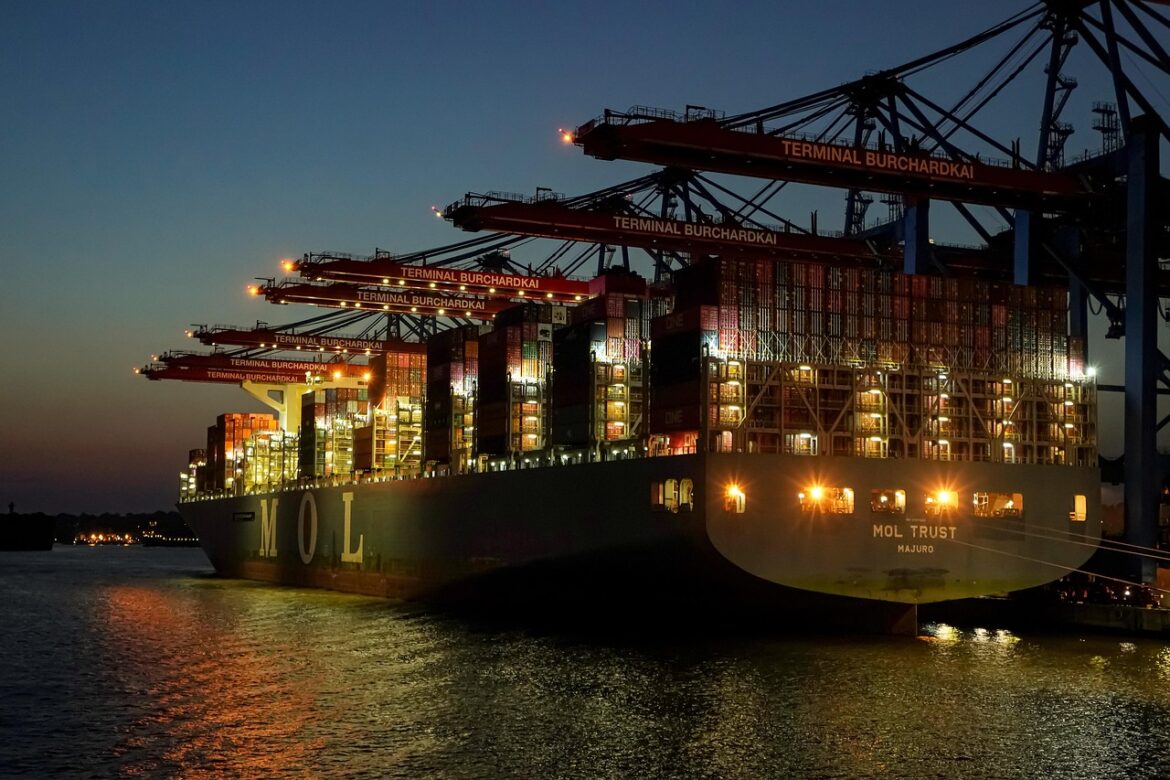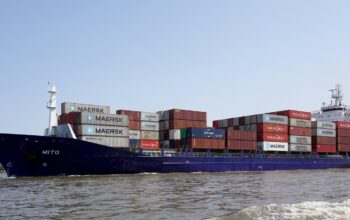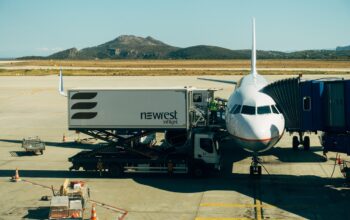Introduction: The Supply Chain Storm Brewing in 2025
Picture gearing up for a big road trip only to find your usual route clogged with unexpected tolls and construction zones. That’s the kind of wild ride the construction industry’s supply chains are on in 2025.
Tariffs and Their Ripple Effect
One of the heaviest roadblocks? New tariffs on imported materials like steel and aluminum, which are critical building blocks on every site. Some experts note these tariffs could inflate material costs by 10-30%, squeezing already tight construction budgets. It’s like a price hike at your favorite grocery store that suddenly means rethinking your dinner plans.
And it’s not just materials. Equipment and electrical component imports are also getting hit by duties, creating pinch points for many projects. Builders report delays and budget overruns as suppliers juggle costlier supplies and tighter timelines.
Domestic Content Rules – The 65% Threshold
Mixed in with tariffs is the new “Buy American” mandate requiring at least 65% of materials on federally funded projects to be domestically sourced in 2025, increasing to 75% by 2029. Think of it as meeting a strict recipe guideline — if the ingredients aren’t right, you don’t get the contract.
This shift pushes project managers to audit supply chains thoroughly and rethink sourcing strategies, ensuring materials qualify under new rules or risk disqualification.
Innovations and Growth Amid Challenges
Despite hurdles, there’s a silver lining. The coatings, adhesives, sealants, and elastomers (CASE) sector is evolving fast, with companies investing in energy-efficient and recycled materials.
New tech and digital tools are enabling smarter procurement and better inventory management, helping players dodge some tariff and logistics headaches. These innovations are like upgrading from paper maps to GPS — giving teams clearer visibility and faster decisions.
What This Means for Builders and Suppliers
- Material costs are climbing: Contingency budgeting is crucial.
- Project timelines may stretch: Expect more planning for delays.
- Compliance audits will grow: Scrutiny over material origins is intense.
- Technology adoption is a must: Embracing AI and digital tools aids resilience.
- Sustainability stays in sight: Eco-friendly materials are gaining ground.
Wrap-Up: Steering Through the Supply Chain Maze
2025’s construction supply chain landscape demands agility. Navigating tariffs, domestic sourcing rules, and evolving tech means players must be proactive, flexible, and informed — whether you’re managing projects, sourcing materials, or negotiating contracts. It’s not just about surviving but thriving amid change, turning obstacles into opportunities for smarter building and sustainable growth.
Keep your eyes on the road, and your supply chain strategies ready for the unexpected turns ahead.
References:
- https://steelindustry.news/us-construction-outlook-2025-tariffs-recession-risks-and-sectoral-shifts/
- https://www.supplychaindive.com
- https://www.globenewswire.com/news-release/2025/04/23/3066190/28124/en/United-States-Construction-Industry-Report-2025-A-1-59-Trillion-Forecasted-Market-by-2029-with-CAGR-of-4-4-During-2025-2029.html
- https://www.businesswire.com/news/home/20250425149416/en/Top-10-Growth-Opportunities-in-the-CASE-Construction-Materials-Industry-for-2025-The-Competitive-Landscape-in-the-CASE-Sector-will-Experience-Notable-Transformation-in-2025—ResearchAndMarkets.com
- https://hypersonix.ai/blogs/tariffs-and-geopolitics-are-reshaping-the-industrial-supply-chain?hsLang=en
- https://www.davron.net/boom-or-bust-how-trumps-2025-tariffs-could-shake-up-the-u-s-construction-industry/
- https://ignitevisibility.com/digital-marketing-news/
- https://blogs.usfcr.com/buy-american-65-percent-threshold



